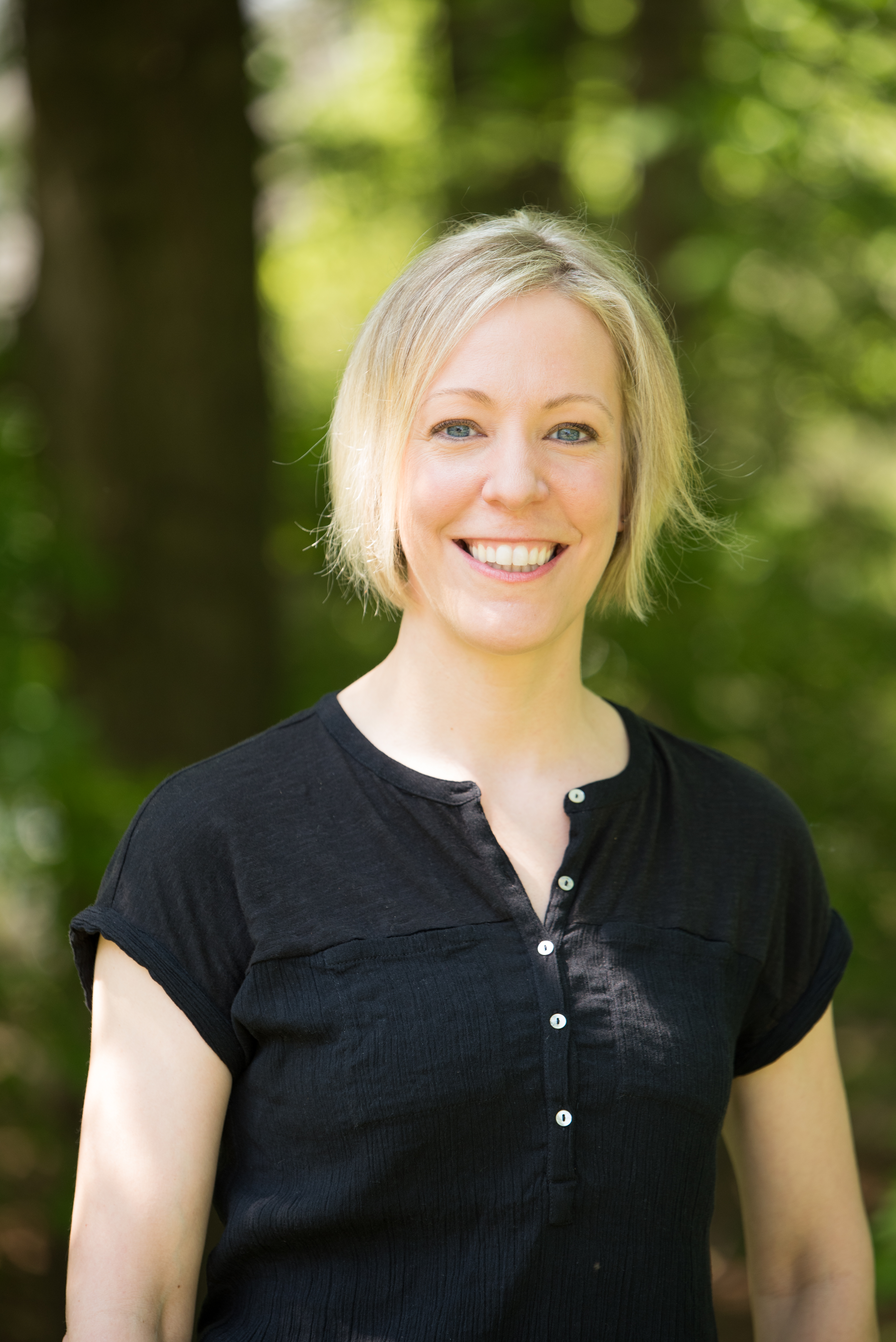News
SSAIHQ CMS Display Portlet
SSAI In The News
Breadcrumb
Sharing a love of our planet with support for NASA Earth Observatory
SSAI has a long history of supporting NASA’s Earth Observatory website, and watching it grow from its humble beginnings over 20 years ago to the essential Earth science data resource it is today. We asked one of our Science Writers to share with us what it means to be part of this important project.
 For me, the joy of writing Image of the Day articles for NASA Earth Observatory comes from showing readers something interesting about our planet every day. But as the name implies, Image of the Day stories are about the text and the images. Producing each one takes quite a bit of collaboration.
For me, the joy of writing Image of the Day articles for NASA Earth Observatory comes from showing readers something interesting about our planet every day. But as the name implies, Image of the Day stories are about the text and the images. Producing each one takes quite a bit of collaboration.
Story ideas come from scientists and colleagues, research papers, news events, and from browsing satellite data. For example, the story tip about the recent collapse of an ice shelf in East Antarctica came to us from a NASA/UMBC glaciologist who was closely watching the area.
Our website is image driven, so the challenge for us became: how do we show this collapse? Lauren Dauphin, a science data visualizer, processed a pair of Landsat images to compare the region before and after the event. She also included a series of MODIS images to depict the quick progression of the collapse. It then became my challenge to find out from experts what caused the collapse and why it matters. (Find out here.)
Sometimes, one story leads to another. The collapse of the ice shelf spawned a story about an unnamed island that became exposed as the ice around it crumbled away. To show why scientists think the feature is an island, data visualizer Joshua Stevens processed a series of Landsat images showing that the mound has remained unchanged over the span of decades. Then, using data from NASA’s ICESat-2, he showed that the mound stands tens of meters above the surrounding sea surface. While interviewing experts for the story, I learned that the island is unlike any other island most people have ever encountered. (Find out why.)
It's satisfying to show a place, event, or research result that might otherwise have gone unseen by the public, or by scientists in a different field of study. Sometimes the images can be distressing, showing phenomena such as glacial retreat, wildfires, and drought. But just as often, they are beautiful and inspiring.

